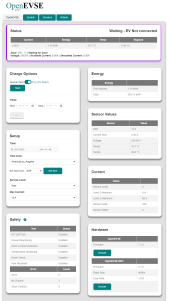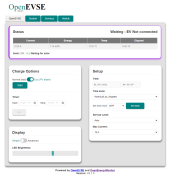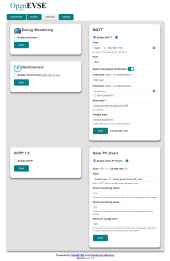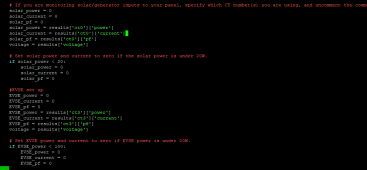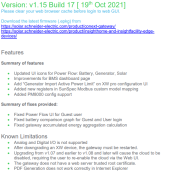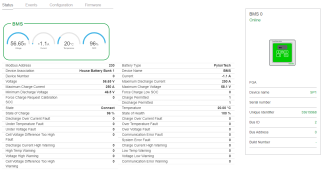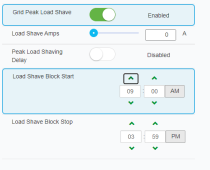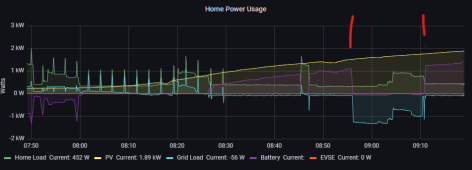I ran into something unexpected this morning, it's not related to connecting the BMS. But while I was in there I enabled "Grid Peak Load Shave" with the settings below.
It does overlap with the charge block time slot, but I thought that would be fine and it would just start charging when commanded to by the Pi. And it did, everything was fine, charge was commanded slightly after the panels started making power (8:30 ish)
But at 8:55 the battery stopped charging. Luckily I just happened to check it on it at 9:00.
I could not get the XW to charge, no matter how many times I stared at the screen and confusedly pushed both the XW's command bulk charge button and my button in Node-Red/Raspberry Pi.
Changing the grid peak load shave block start to 7:00 did not change anything. But, disabling it allowed the charger to work again.
Maybe I miss understood the function of load shaving, but I didn't expect it to block charging even when blocked by the clock...
This is how I had it set, I changed the "Block Start" to 7:00 am with no change.
View attachment 83654
Right now it's disabled again and working normally.
Here we cam see ot charging normally before 9, the 15 minutes of me staring and clicking things before it started working again. That spike right at the end, is where I enabled load shave with a 7:00 am stop to no avail, and disabled it again.
FYI, those periodic spikes that stop at 8:30, are the drip coffee maker
keeping the pot warm slowly burning the left over coffee.
View attachment 83658
